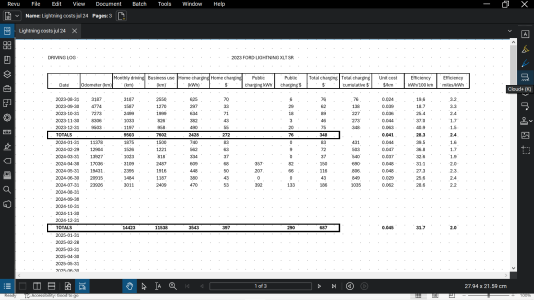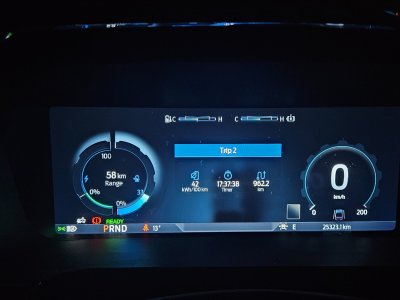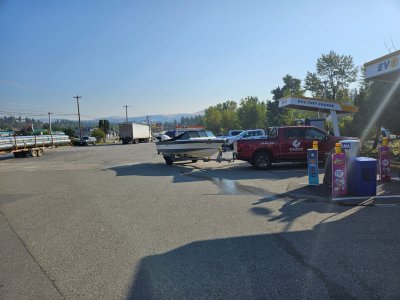jackfish
Active Member
Have you weighed the boat or RV on a scale? Are you mid island? I filmed a short video of the new Tesla chargers when towing a Grady white behind a new chev 35000 through port alberni. Nice big empty parking lot to drop the trailer and charge. No real restaurants there that I could see but grocery shopping, Starbucks and a fast casual restaurant, so wouldn’t be a bad stop.
I didn't weight them. I roughly know the weight from the specs.
I am mid island...Denman.
Good to know there is a good charging spot in Port Alberni. Am planning to trailer over there sometime and explore the other side of the island by boat.
With the hydro subsidy for solar and now battery I wonder if between a truck/heat pump will result in a quicker roi? It would take a lot of $12-$16 fill ups to make up the costs I guess. Are you into the higher tier with that cost?
I've done solar before, not in BC. 10 years ago, the payoff was going to take 15 years. To be honest, we didn't do the solar for the $, it was to try to minimize our use of non green sources. Since most of BC power is hydro, I don't quite get why we'd install solar at home? I guess it would help the grid out in the long term. But with our grey winters, does it make sense?
I usually charge at night so I think i'm usually using 9 cents/kWh. Plus distribution costs I guess.
lots of space for a telescoping fishing rod as well. With lots of power to use an electric pump an inflatable kayak or skiff would fit in nice rolled up or hanging out the back. Considering my friend got a halibut off his kayak in his crab trap last week and was smashing halibut on the fly rod, some pretty nice options for fishing missions out of a lightening.
Ran into a guy on the water last weekend who was fishing from an electrified kayak. Really neat setup. Gobs of battery power available on the truck to charge a small electric kayak/boat setup on a multiday outing.
Nice to have a safe space for tools that you can grab easily, out of the eyes of the smash and grab types. Any noticeable range difference with a full frunk?
I haven't measured range impact of a load, frunk or otherwise. I would say you can feel the difference when the frunk has weight. I was intending to leave my tools in there all the time, but the weight made me think twice. Plus, I was wondering what the impact on safety during a collision would be. Having a bunch of heavy tools sloshing around in front of the passenger compartment gives me pause. Maybe having them fly out of the box isn't any better.



